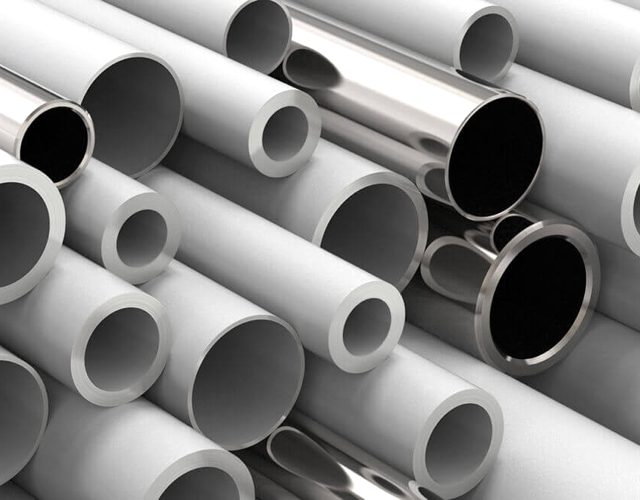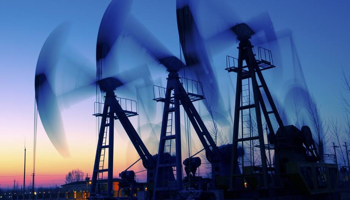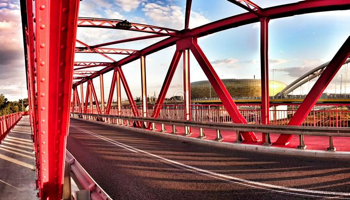Steel is the most commonly used metal in the world. It is intrinsic to our way of life now, to the products society will demand in future, and to achieving a circular economy. Steel maximises the value of resources more than any other material, through its recovery and reuse, manufacturing and recycling.
Steel is a unique material because it is truly recyclable – when steel is recycled it becomes new steel and not an inferior product. Since steel does not downgrade when recycled, it can be re-used over and over again and moreover, steel is the most recycled material in the world. The impact of making steel can be viewed as an investment in a material which will be used again and again, rather than a one-off, making steel a highly sustainable material.
Scrap steel is an essential ingredient for all new steel, so every steel-making plant is a recycling plant. The value of scrap steel ensures that whenever it can be collected and recycled, it is. But in many applications, steel lasts for a long time, so there is a lot of steel in the world, doing a useful job. At the same time, global demand for steel is growing. So, even with efficient recovery and recycling, scrap steel only accounts for about one third of total steel demand. At least for the foreseeable future, steel will need to be made from virgin resources, but it is essential to ensure that recovery and recycling is designed-in to all steel applications and that every piece of steel which can be recycled is.





